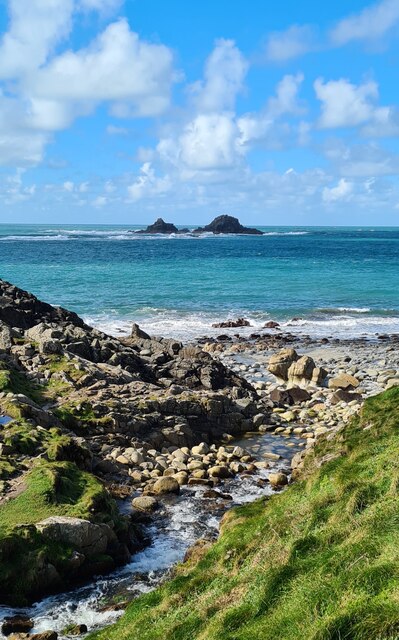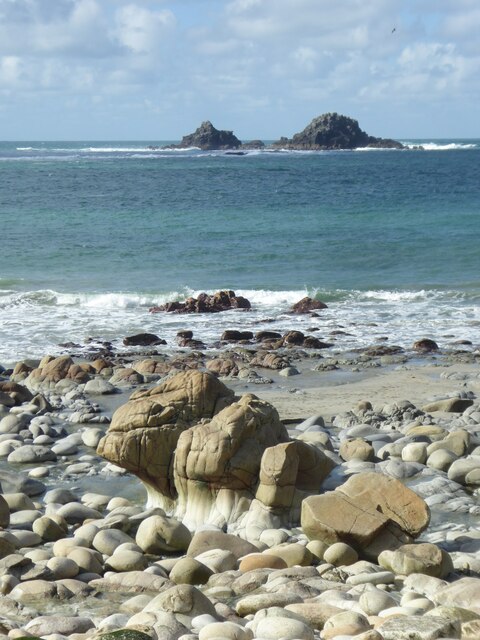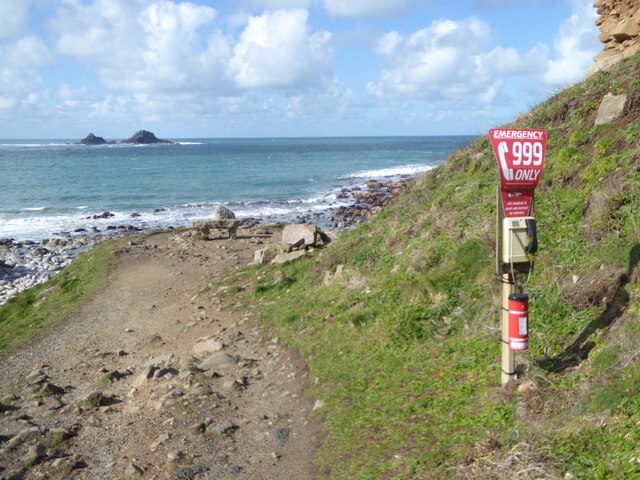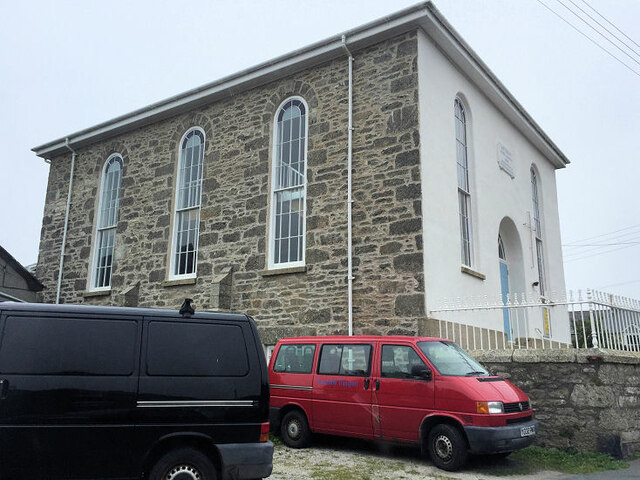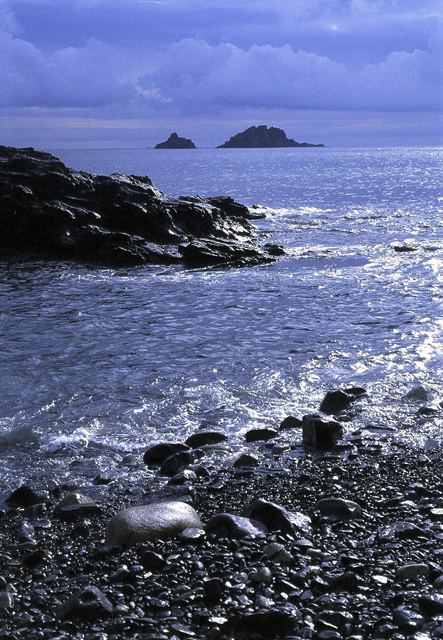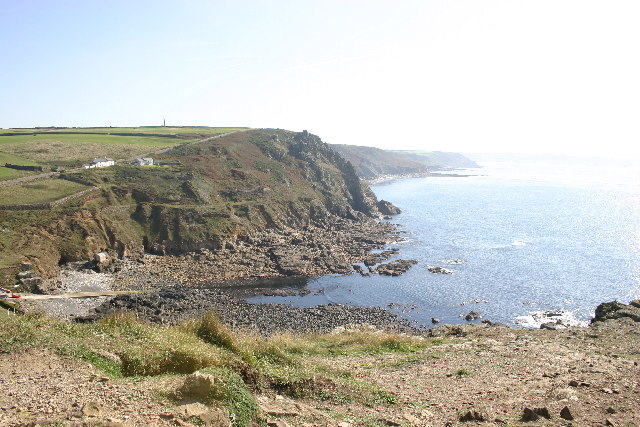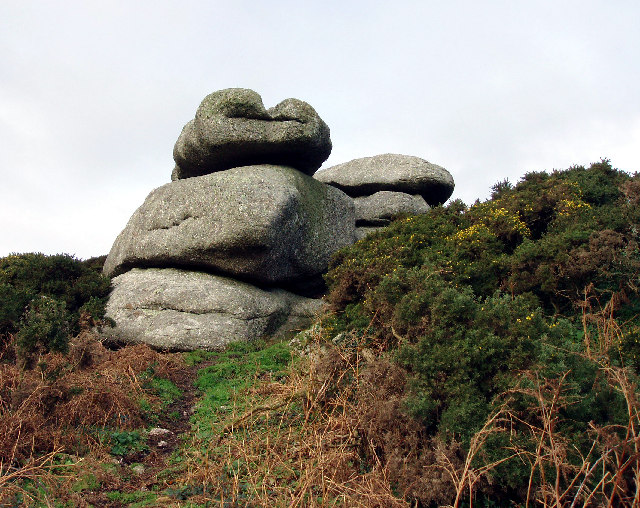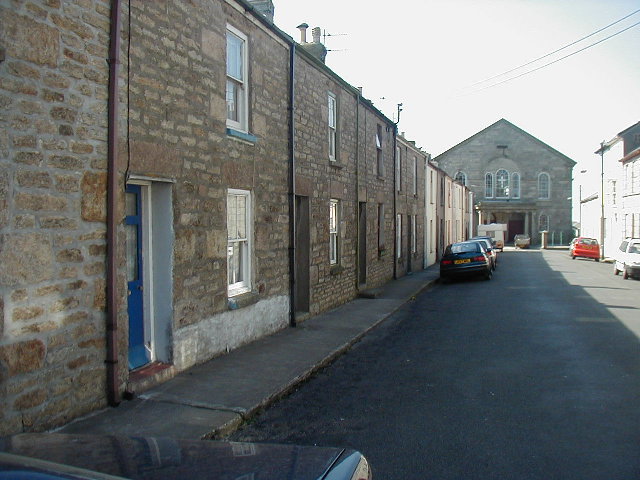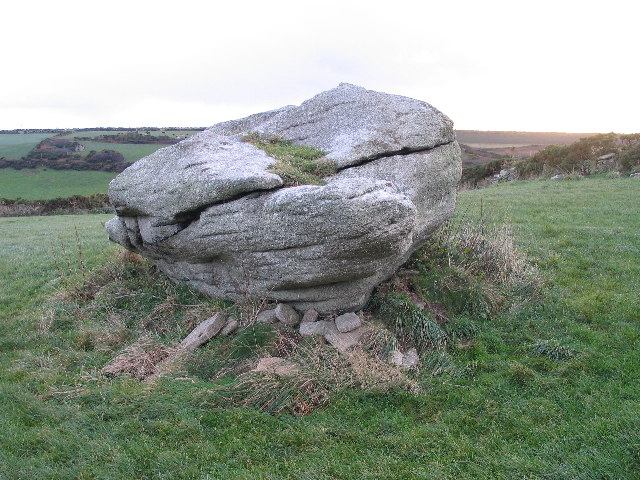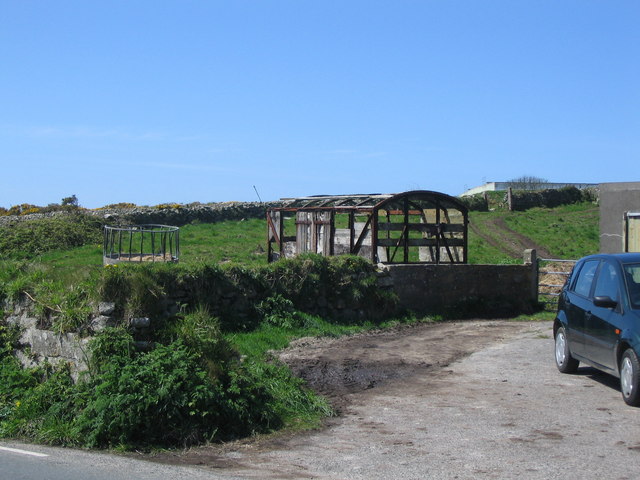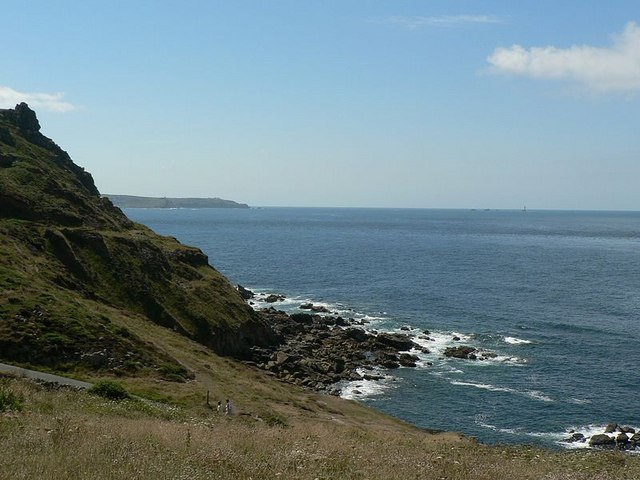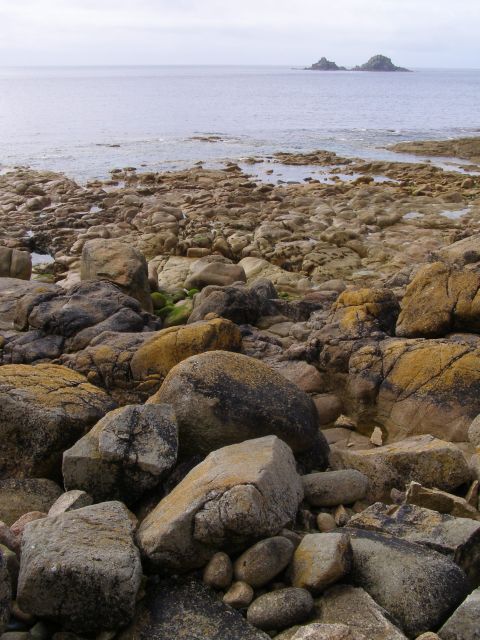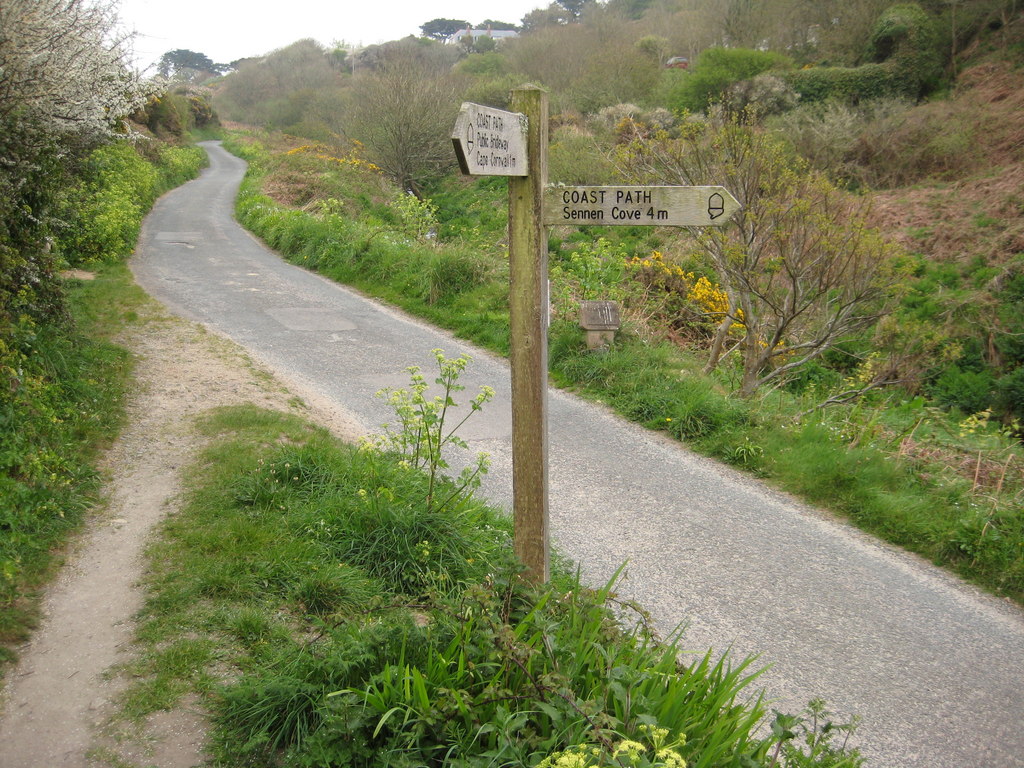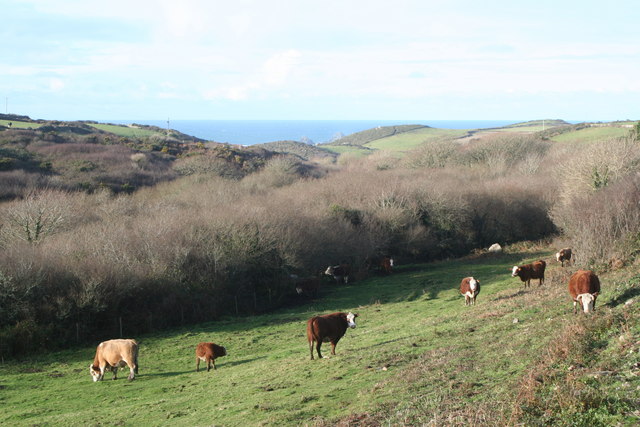Carn Creis
Coastal Feature, Headland, Point in Cornwall
England
Carn Creis
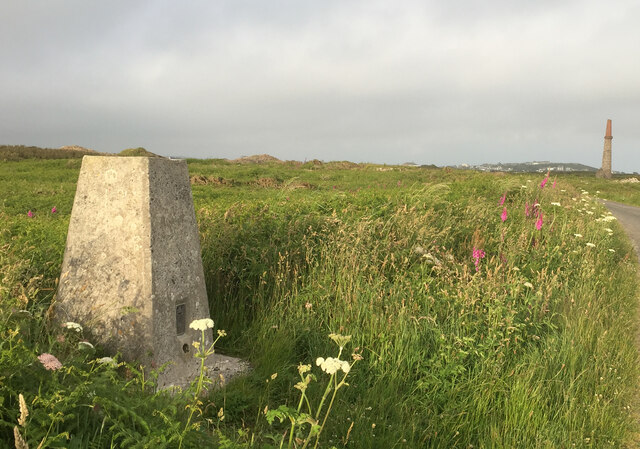
Carn Creis is a prominent headland located on the north coast of Cornwall, England. It is situated near the town of St Ives, approximately 3 miles to the west. This coastal feature is known for its rugged beauty and stunning panoramic views.
The headland is composed of granite cliffs, which rise dramatically from the sea. These cliffs reach heights of up to 200 feet, providing visitors with breathtaking vistas of the surrounding coastline and the vast expanse of the Atlantic Ocean. The rocky terrain is interspersed with patches of heathland and grassy slopes, adding to the area's natural charm.
Carn Creis is a popular destination for hikers and nature enthusiasts, as it offers a variety of walking trails that showcase the region's diverse flora and fauna. Visitors can explore the headland's network of paths, which wind through heather-covered moorland and lead to secluded coves and beaches. The area is also home to a variety of bird species, including fulmars, gannets, and puffins, making it a haven for birdwatchers.
In addition to its natural beauty, Carn Creis has historical significance. The headland was once used as a lookout point during World War II, and remnants of old military structures can still be seen today. These remnants serve as a reminder of the area's past and add an intriguing element to the landscape.
Overall, Carn Creis is a captivating coastal feature that offers visitors a unique blend of natural beauty, wildlife, and historical interest. Whether it be for a leisurely stroll, birdwatching, or simply admiring the breathtaking views, this headland is a must-visit destination for anyone exploring the Cornwall coast.
If you have any feedback on the listing, please let us know in the comments section below.
Carn Creis Images
Images are sourced within 2km of 50.108646/-5.6978985 or Grid Reference SW3529. Thanks to Geograph Open Source API. All images are credited.
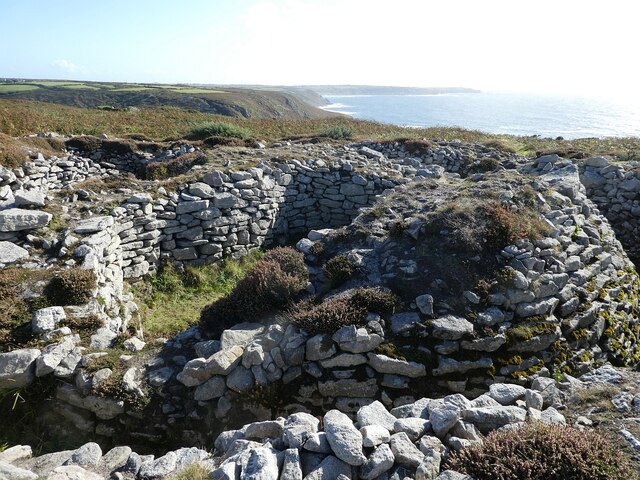
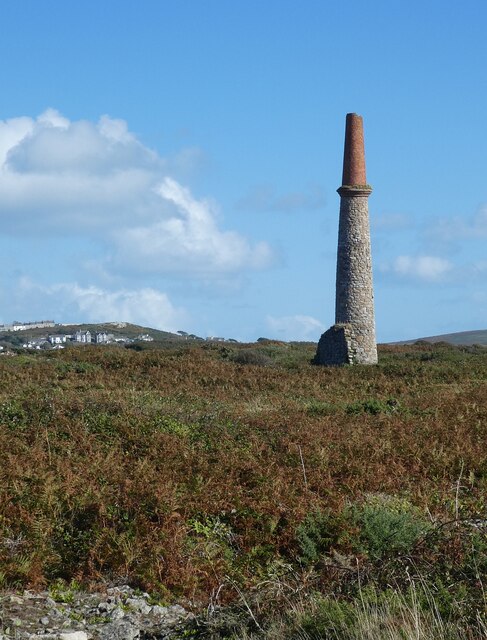
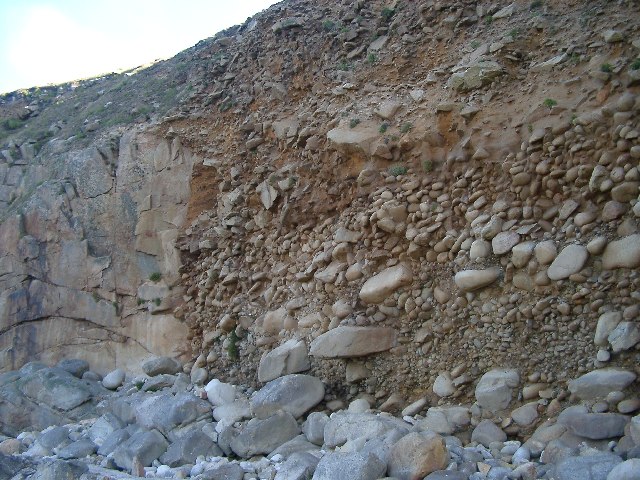
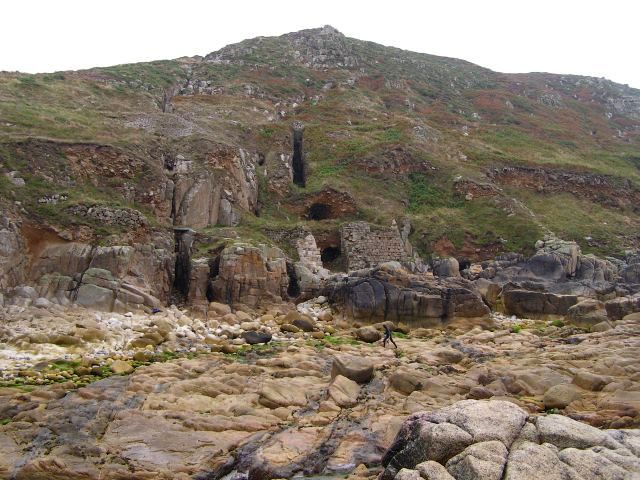
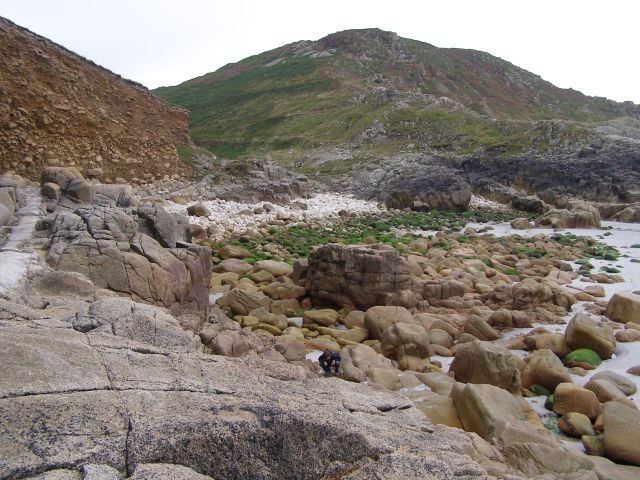
Carn Creis is located at Grid Ref: SW3529 (Lat: 50.108646, Lng: -5.6978985)
Unitary Authority: Cornwall
Police Authority: Devon and Cornwall
What 3 Words
///asked.prominent.budgeted. Near St Just, Cornwall
Nearby Locations
Related Wikis
Porth Nanven
Porth Nanven (grid reference SW355307; most well known as Cot Valley and occasionally known as Penanwell) is a beach in the far west of Cornwall, England...
Cot Valley
Cot Valley is located half-a-mile south of St Just in west Cornwall, United Kingdom. It has a very mild microclimate.The stream which runs down the valley...
Nanquidno
Nanquidno is a hamlet near St Just in Penwith in west Cornwall, England. It is about half a mile southwest of Kelynack. == References ==
Kelynack
Kelynack (from Cornish: Kelynek is a settlement in west Cornwall, England, UK. == Geography == Kelynack is on the Penwith peninsula approximately four...
Nearby Amenities
Located within 500m of 50.108646,-5.6978985Have you been to Carn Creis?
Leave your review of Carn Creis below (or comments, questions and feedback).
